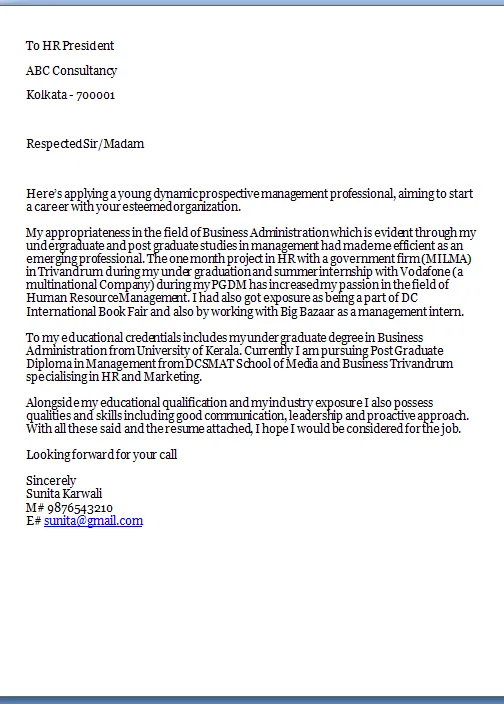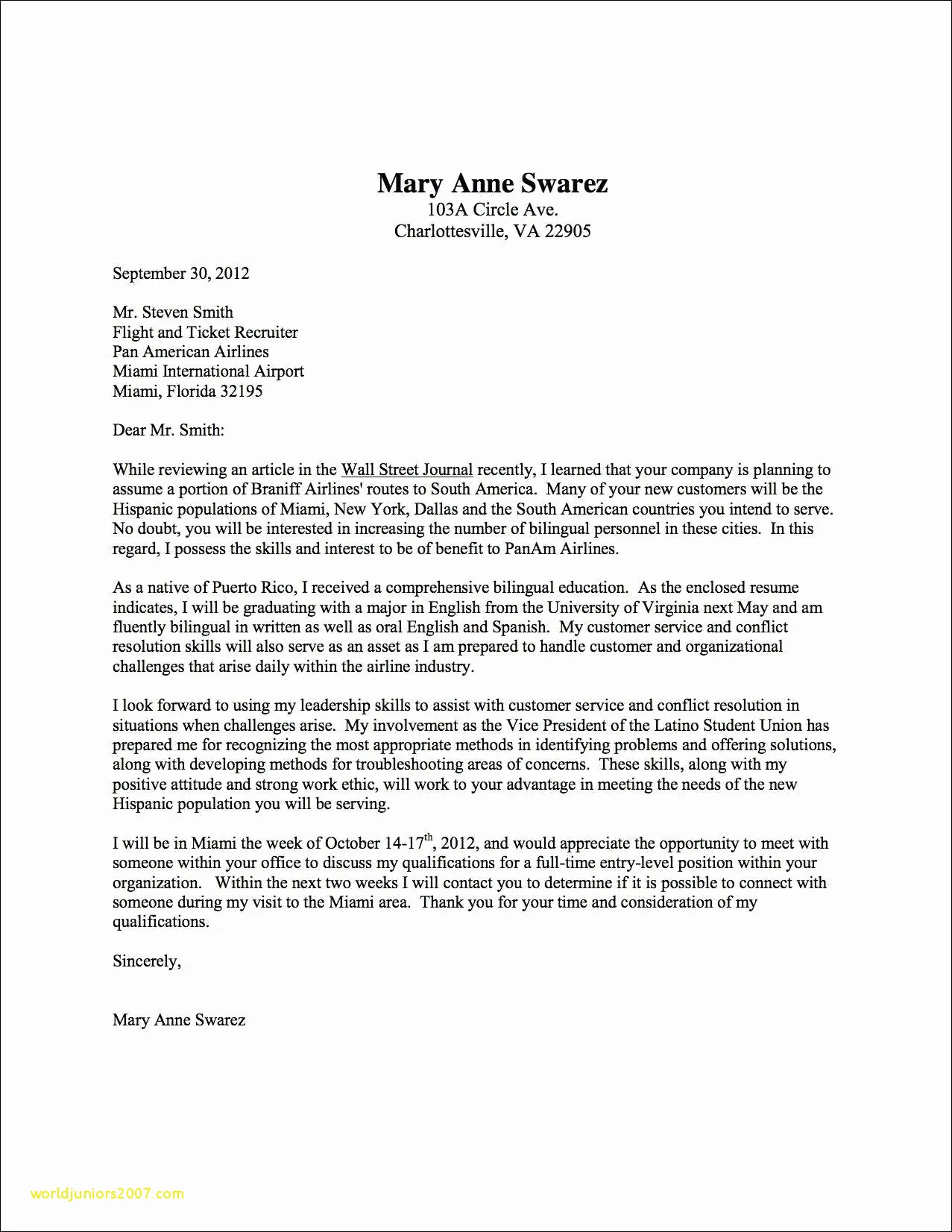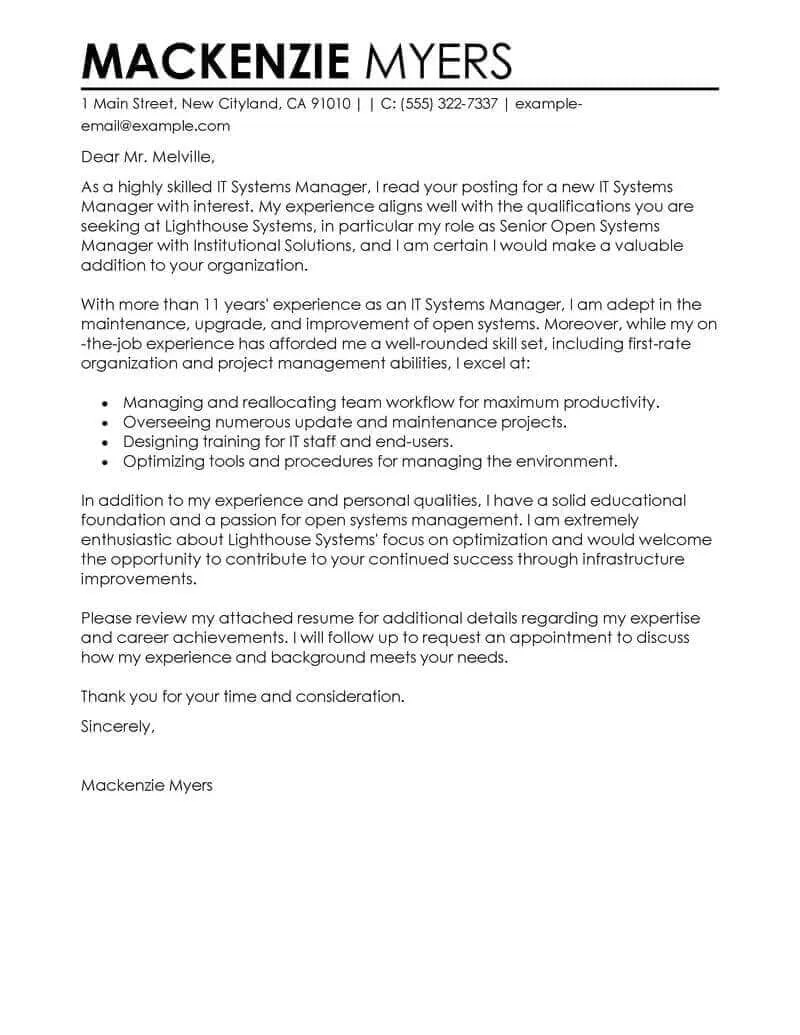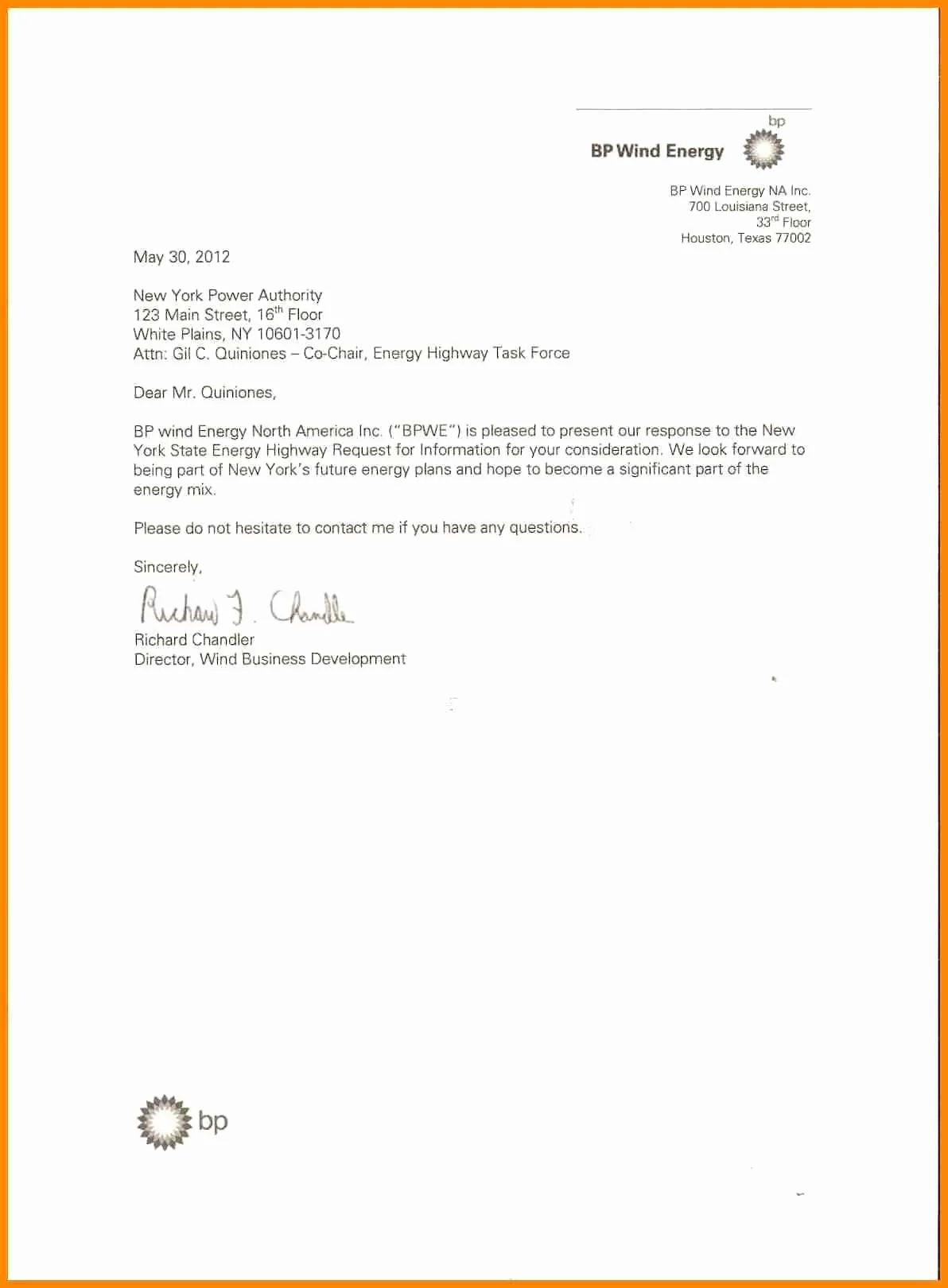What is a Cover Letter
A cover letter is a crucial document that accompanies your resume when applying for a job. It serves as an introduction, allowing you to elaborate on your skills, experiences, and qualifications in a more personalized way. Unlike a resume, which presents a concise overview of your professional history, a cover letter provides an opportunity to showcase your personality, express your enthusiasm for the role, and explain why you are the ideal candidate. A well-crafted cover letter can significantly increase your chances of securing an interview by making a strong first impression on potential employers and demonstrating your genuine interest in the position. It is an essential tool in any job seeker’s arsenal, helping to differentiate them from other applicants and highlight their unique value proposition.
Why is a Cover Letter Important?
The importance of a cover letter cannot be overstated in today’s competitive job market. It’s your first chance to make a positive impression and provide context to your resume. A cover letter allows you to communicate your passion for the specific job and the company, showing that you’ve done your research and understand their needs. It also provides a platform to address any potential gaps in your resume, such as career changes or periods of unemployment, and to highlight your most relevant skills and experiences in detail. Moreover, a well-written cover letter demonstrates your communication skills, attention to detail, and professionalism. Hiring managers often use cover letters to assess how well you can articulate your value proposition and if you possess the necessary soft skills required for the role. In essence, a strong cover letter can significantly increase your chances of being noticed and selected for an interview.
Top 5 Cover Letter Examples

There is no one-size-fits-all approach to cover letters, but understanding different types of successful examples can guide your writing process. Here are five examples tailored to showcase various approaches. Each demonstrates how to highlight different aspects of your qualifications and personalize your application. These examples will help you understand how to frame your skills and experiences to resonate with different hiring managers and industries. Remember that the best cover letter will always be one specifically tailored to the job you are applying for and the company’s culture.
Example 1 The Enthusiastic Applicant
This type of cover letter is perfect if you are applying for a role that emphasizes passion and eagerness. It focuses on conveying your excitement for the opportunity, the company, and the industry. Begin by expressing your enthusiasm for the role and company in the opening paragraph, highlighting specific aspects that attract you. Showcase your understanding of the company’s values and mission. In the body, connect your skills and experiences to the job requirements, demonstrating how you can contribute. Conclude by reiterating your interest and desire for an interview. This type of letter is particularly effective for roles in creative industries or for companies that value a strong cultural fit. Remember to maintain a professional tone while conveying genuine excitement.
Key Elements of an Enthusiastic Cover Letter
The key elements of an enthusiastic cover letter include a strong opening that immediately captures the reader’s attention. The opening should clearly express your enthusiasm for the role and company. Mention specific achievements or skills that directly relate to the job requirements. Provide concrete examples of your past successes and how they align with the company’s needs. Demonstrate a clear understanding of the company’s mission and values, showing that you have done your research. Tailor your letter to the specific job and company. Maintain a positive and confident tone throughout the letter. Express your eagerness to learn and contribute to the team. Conclude with a confident statement of your interest in an interview and your availability.
Example 2 The Skills-Focused Cover Letter

This cover letter type emphasizes the skills and abilities that make you a strong candidate for the job. Start by identifying the key skills required for the position. In the opening paragraph, state which skills you possess and how they align with the job description. In the body, provide specific examples where you have used these skills to achieve results. Quantify your accomplishments whenever possible to demonstrate the impact you have made. Highlight how your skills can benefit the company. Use keywords from the job description to showcase your understanding of the requirements. Close by summarizing your key skills and expressing your interest in discussing how you can use them to contribute to the company’s success. This approach is particularly effective for roles that require specialized skills or technical expertise.
Highlighting Relevant Skills
When highlighting your skills, select those that are most relevant to the job requirements. Review the job description and identify the keywords and skills the employer values. Use these keywords throughout your cover letter to show your understanding of the role. Describe each skill and provide concrete examples of how you have used it in the past. Quantify your achievements whenever possible, using numbers and data to demonstrate the impact of your skills. Structure your letter logically, grouping related skills together for clarity. For each skill, explain how it can benefit the company and contribute to their goals. Avoid generic statements; instead, provide specific details to show your expertise. Ensure your skills align with the company’s needs and industry standards.
Example 3 The Experience-Driven Cover Letter
This type of cover letter focuses on your professional experience, particularly if you have a strong track record in the field. Begin by summarizing your relevant experience and the type of roles you’ve held. In the body paragraphs, delve deeper into your significant accomplishments and responsibilities in each role. Provide specific examples of projects, initiatives, or challenges you have successfully managed. Quantify your achievements to demonstrate your impact on previous employers. Connect your past experiences to the job requirements, explaining how they align with the new role. Close by summarizing your key achievements and reiterating your enthusiasm for the opportunity. This is very suitable for senior roles or positions where practical experience is highly valued.
Showcasing Work History

Showcasing your work history effectively involves providing detailed descriptions of your past roles and responsibilities. Start by listing your previous employers and the dates of your employment. For each role, highlight your key accomplishments, using action verbs to describe your contributions. Provide specific examples of projects you worked on, challenges you overcame, and results you achieved. Quantify your achievements whenever possible, using metrics to demonstrate the impact of your work. Focus on the experiences most relevant to the job you are applying for. Tailor your descriptions to align with the job description’s requirements. Structure your work history chronologically or by relevance, highlighting the most important experiences first. Demonstrate how your past roles have prepared you for the current opportunity.
Example 4 The Networking Cover Letter
This type of cover letter is appropriate when you have a connection within the company. Start by mentioning the name of the person who referred you and how you know them. Briefly explain your connection and how it led you to apply for the role. In the body, highlight your skills and experiences, emphasizing how they align with the job requirements. Provide specific examples of your accomplishments and achievements. Show your knowledge of the company and your understanding of the industry. Close by expressing your gratitude for the referral and reiterating your interest in the opportunity. Tailor your letter to the specific role and company. This approach leverages existing relationships to gain a competitive advantage.
Leveraging Connections
Leveraging connections in your cover letter can significantly increase your chances of success. Always mention the name of the person who referred you in the opening paragraph. Provide a brief explanation of your connection and how they influenced your decision to apply. Demonstrate your understanding of the company through your connection. Use the opportunity to showcase your skills and experiences in relation to the job requirements. Tailor your letter to reflect the specific role and the company’s culture. Thank the referrer for their support and express your gratitude for the opportunity. Ensure your communication is professional and respectful. This approach highlights your network and demonstrates your initiative and ability to build relationships.
Example 5 The Concise Cover Letter

This cover letter is useful when you want to get straight to the point, especially if the job description emphasizes brevity. Start by clearly stating the position you are applying for and how you learned about it. In the body, provide a concise summary of your key skills and experiences. Focus on the most relevant accomplishments, using action verbs and quantifiable results. Keep each paragraph short and focused. Tailor your letter to highlight how your skills meet the company’s needs. Close by expressing your interest in an interview and your contact information. This type of letter is ideal when you need to make a quick impression. Always ensure that your concise cover letter still provides enough information to showcase your value as a candidate.
Keeping It Brief and Impactful
Keeping your cover letter brief and impactful requires careful word choice and strategic organization. Start with a strong opening that immediately states the position and your interest. Focus on the most relevant skills and experiences to highlight your qualifications. Use concise language and action verbs to describe your accomplishments. Quantify your achievements whenever possible. Keep each paragraph short and focused, avoiding unnecessary details. Ensure that the content is tailored to the specific job and company. Use a professional tone throughout the letter. Proofread carefully to eliminate any errors. Aim for a letter that provides a clear and compelling picture of your value as a candidate, even in a short format.
Tailoring Your Cover Letter
Tailoring your cover letter to each job application is essential for maximizing your chances of success. Start by carefully reading the job description to identify the key skills, experiences, and qualifications the employer is looking for. Research the company to understand its values, mission, and culture. Customize your cover letter by highlighting your relevant skills and experiences, using keywords from the job description. Provide specific examples of your accomplishments and how they align with the job requirements. Show that you understand the company’s needs and how you can contribute to their success. Tailor the tone and style of your letter to match the company’s culture. This personalization demonstrates your genuine interest in the role and increases your chances of making a strong impression.
Adapting to Different Job Types

Adapting your cover letter to different job types requires understanding the specific expectations of each role and industry. For technical roles, emphasize your skills and experience. Highlight specific projects, technologies, and results. For creative roles, showcase your portfolio and your ability to think outside the box. For management positions, highlight your leadership experience, team management skills, and ability to achieve results. Adapt your tone and style to match the company’s culture and industry standards. Customize your content to address the specific requirements of the job description. Focus on what the employer is looking for and how your skills and experience can benefit them. Always tailor your approach to ensure relevance and demonstrate your understanding of the role.
Common Mistakes to Avoid
Avoiding common mistakes can significantly improve the quality of your cover letter. Never use generic templates or boilerplate text. Always tailor your cover letter to the specific job and company. Do not simply restate your resume; use the cover letter to provide additional context and showcase your personality. Avoid grammatical errors, spelling mistakes, and typos by proofreading carefully. Do not make the letter too long; keep it concise and to the point. Avoid using jargon or overly complex language. Do not write a cover letter that is unfocused or lacks a clear purpose. Avoid negative statements about your previous employers or experiences. Do not forget to include a call to action and express your interest in an interview.
Formatting and Presentation Tips
Proper formatting and presentation are essential for creating a professional cover letter. Use a clean and easy-to-read font, such as Arial or Times New Roman, with a size of 11 or 12 points. Use standard margins (1 inch) and single-space your text, with a space between paragraphs. Include your contact information at the top of the letter, including your name, phone number, email address, and LinkedIn profile (optional). Address the hiring manager by name whenever possible. Use a formal and professional tone throughout. Keep the letter to one page in length. Proofread your cover letter carefully to eliminate any errors. Use a professional-looking template or design. Ensure that your cover letter is easy to read and visually appealing.
Proofreading Your Cover Letter

Proofreading your cover letter is a critical step in the job application process. Always read through your cover letter multiple times to check for any grammatical errors, spelling mistakes, and typos. Ensure that your sentences are clear, concise, and easy to understand. Verify that the formatting is consistent and professional. Check that the contact information is accurate. Read your cover letter out loud to catch any awkward phrasing or sentences. Ask a friend or family member to review your cover letter for a second opinion. Use a grammar and spell-checking tool, but don’t rely on it completely. Correct any inconsistencies in tone, style, or language. Proofreading ensures that your cover letter presents you in the best possible light and avoids making a negative impression.
